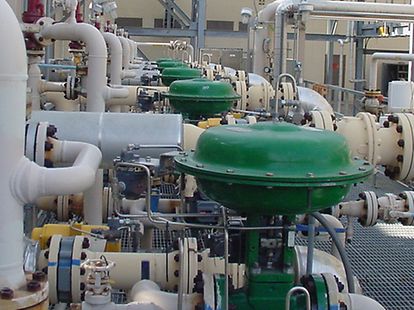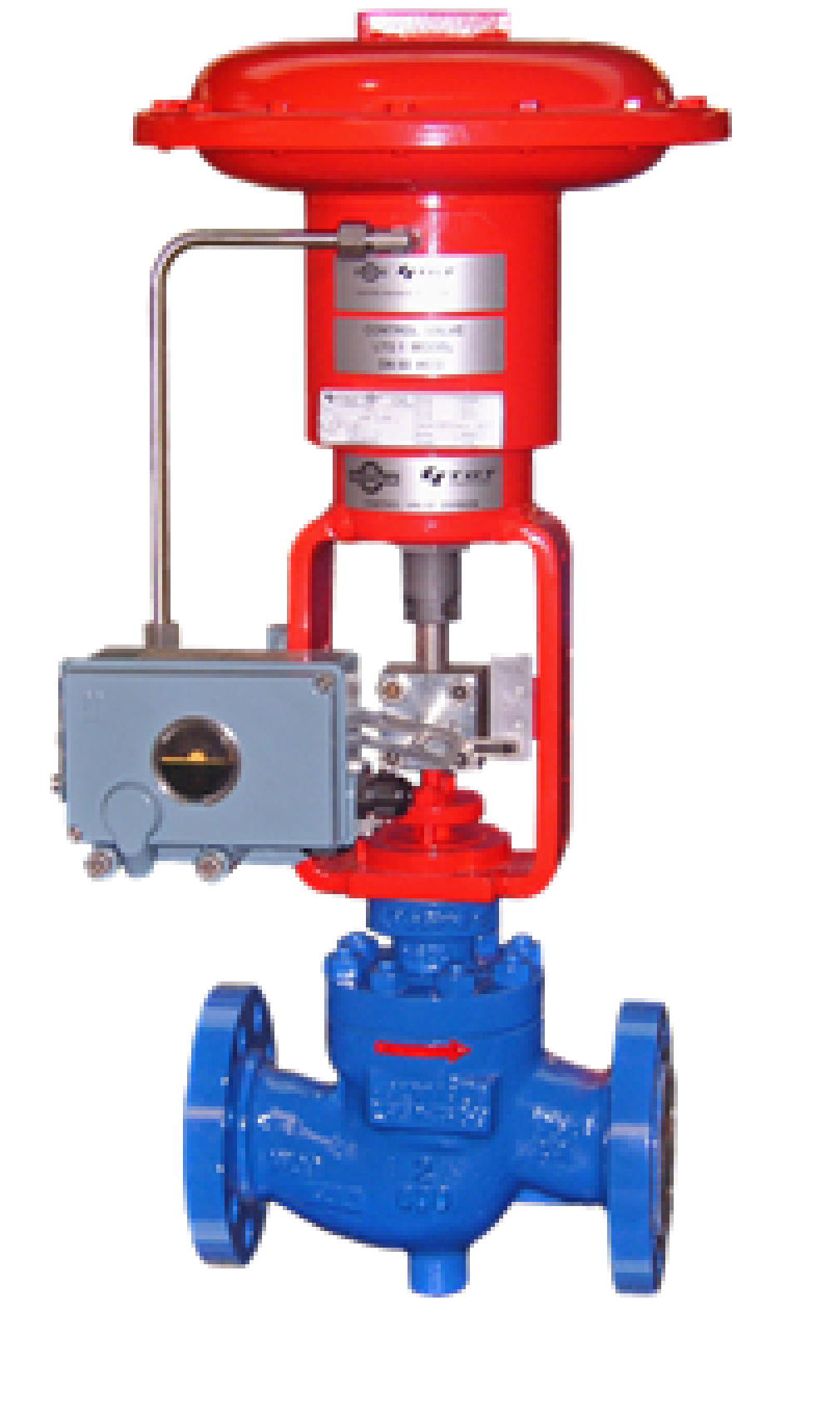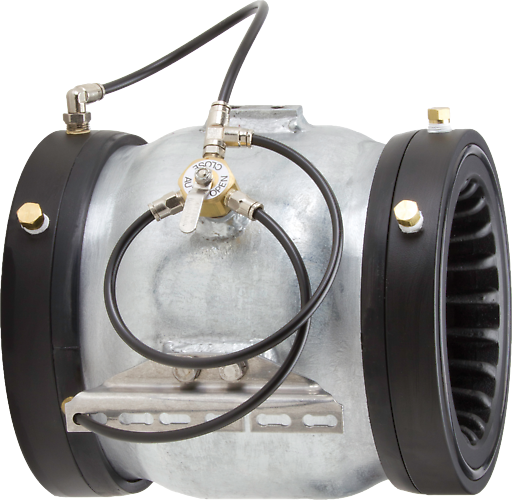Achieve Seamless Assimilation and Control With Quality Building Automation Controls
In the world of modern structure administration, the importance of high quality structure automation controls can not be overemphasized. Accepting top quality building automation controls is not simply an issue of convenience but a calculated vital for companies aiming to optimize their centers' efficiency and sustainability.

Advancement of Structure Automation Controls
Throughout the past couple of decades, the development of building automation controls has substantially transformed the method buildings are managed and operated. Developing automation systems primarily focused on basic functions such as regulating heating, ventilation, and air conditioning (HEATING AND COOLING) systems. Nevertheless, as modern technology advanced, these controls have actually ended up being extra sophisticated, permitting a larger array of structure systems to be integrated and taken care of centrally.
The evolution of constructing automation controls has actually seen a change towards more smart systems that can adapt to altering conditions in real-time. This adaptability is crucial for optimizing energy effectiveness and making certain occupant comfort. Furthermore, contemporary structure automation controls now provide attributes such as predictive maintenance, remote monitoring, and information analytics, allowing facility supervisors to make data-driven choices to boost building performance.

Benefits of Quality Integration
The improvement in building automation manages towards more intelligent systems has underscored the significant advantages of top quality assimilation in maximizing structure operations and enhancing general effectiveness. Quality integration of developing automation controls provides several key advantages. Firstly, it results in improved energy performance by permitting different systems to collaborate seamlessly, making certain ideal performance and reducing energy wastefulness. Quality assimilation enhances occupant convenience and productivity by making it possible for customized control over ecological settings like temperature, air, and lighting top quality. This customization can bring about a more comfy and favorable working or living environment. In addition, quality integration streamlines maintenance and fixing procedures, as all systems are interconnected and can be checked and regulated from a central interface. This central control also provides better exposure and understandings into building performance, enabling proactive upkeep and optimization strategies. Overall, the advantages of top quality integration in structure automation controls are obvious, using enhanced performance, convenience, and functional effectiveness.
Enhanced Individual Experience and Availability
Enhancing user communication with structure automation regulates via user-friendly style and improved availability boosts the general experience for passengers and center supervisors alike. By concentrating on customer experience, developing automation systems can become much more easy to use and effective. Instinctive user interfaces, clear navigating, and customizable settings empower users to interact with the controls conveniently and successfully.
Ease of access attributes play a vital role in making certain that all see post people, including those with impairments, can use the structure automation manages effortlessly. Incorporating functions such as voice commands, responsive buttons, and color-contrasted screens can improve access and make the controls more comprehensive.
Furthermore, improved individual experience leads to higher individual fulfillment, boosted efficiency, and much better decision-making. Owners can change ecological setups according to their choices, while center supervisors can effectively monitor and manage building systems - control valves. In general, prioritizing individual experience and access in building automation controls adds to an extra effective and smooth building atmosphere for all stakeholders included
Sustainable Practices Through Automation

Moreover, automation can promote the assimilation of renewable pop over to this site resource resources such as photovoltaic panels or wind turbines right into structure operations. By immediately readjusting power use based on the schedule of eco-friendly power, structures can better minimize their reliance on non-renewable sources. This seamless combination of lasting practices not only profits the environment however additionally enhances the general operational performance and cost-effectiveness of the building. Via automation, structures can straighten with contemporary sustainability objectives and contribute to a greener future.
Future Trends in Building Control Systems
In expectancy of evolving and advancing innovations sustainability techniques, the trajectory of building control systems is poised to embrace ingenious options and transformative strategies. One famous pattern forming the future of building control systems is the increased combination of Expert system (AI) and artificial intelligence. These technologies make it possible for structures to adapt in real-time to changing problems, enhancing energy usage and boosting comfort for owners. In addition, the Web of Points (IoT) is changing building control systems by connecting tools and sensors to streamline operations and boost performance.
Another key fad is the emphasis on cybersecurity steps to shield against potential threats to building automation systems. As buildings end up being extra interconnected, guaranteeing durable cybersecurity protocols will certainly be vital to safeguard sensitive data and protect against unauthorized access.
Furthermore, the change towards cloud-based systems is navigate to this website gaining momentum, enabling streamlined control and remote access to structure systems. This helps with easier monitoring, upkeep, and updates, improving the general efficiency and adaptability of building control systems. As modern technology continues to advancement, these trends are expected to form the future landscape of structure automation controls, driving advancement and sustainability in the constructed atmosphere.
Conclusion
Future patterns in building control systems are likely to concentrate on additional improving automation capabilities for enhanced energy performance and general efficiency. It is necessary for building owners and operators to prioritize the fostering of quality structure automation regulates to maximize building procedures and achieve long-term sustainability objectives.
In the realm of modern-day building administration, the value of high quality structure automation controls can not be overstated. In general, the development of structure automation controls continues to drive innovation in the structure monitoring industry, supplying brand-new opportunities for producing smarter and more sustainable buildings.
The development in structure automation regulates in the direction of more smart systems has highlighted the considerable advantages of top quality integration in optimizing structure operations and enhancing overall effectiveness. Generally, prioritizing user experience and availability in building automation regulates adds to a much more seamless and productive building atmosphere for all stakeholders entailed.
It is important for building proprietors and operators to focus on the fostering of top quality structure automation regulates to enhance structure operations and attain long-lasting sustainability goals. - control valves